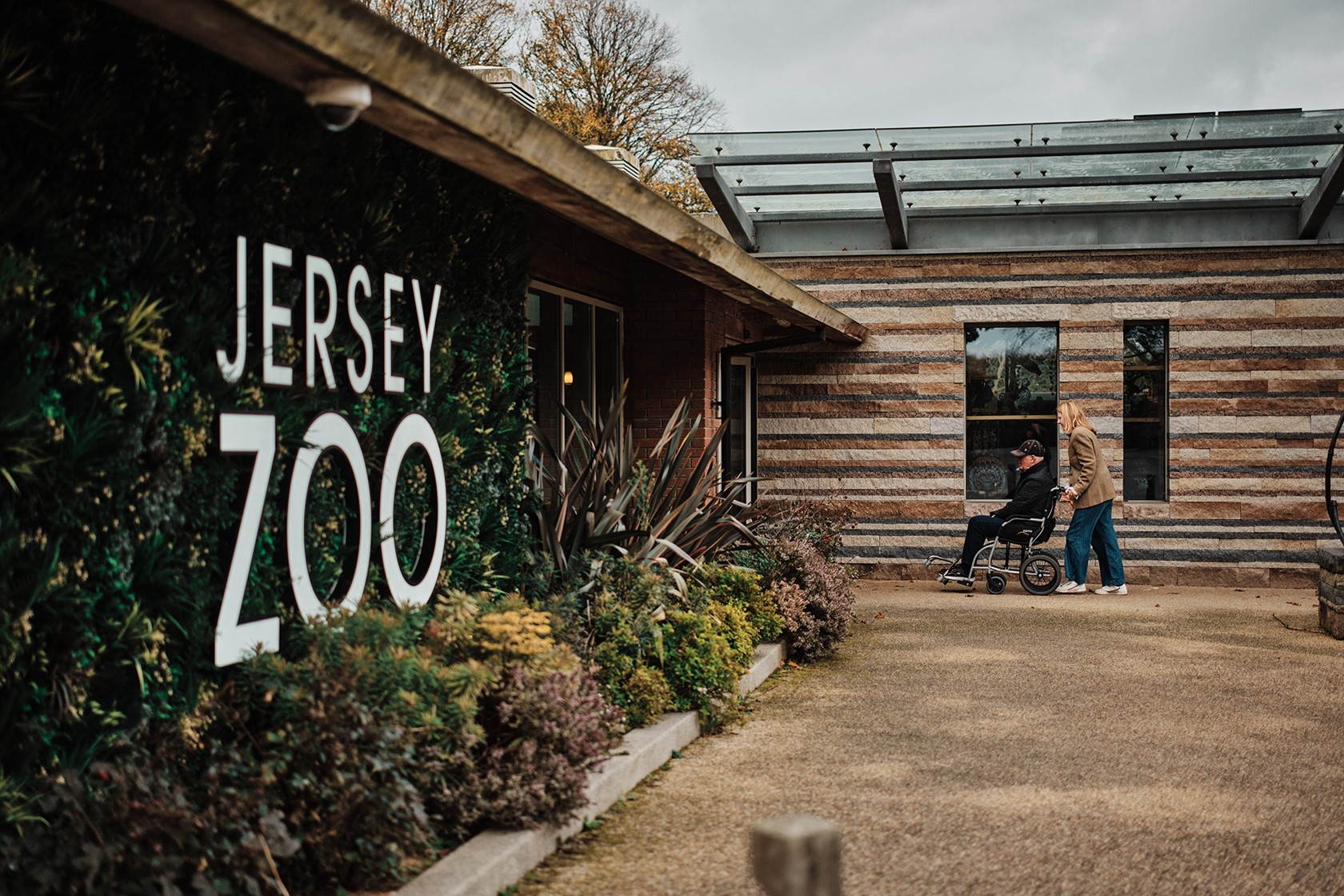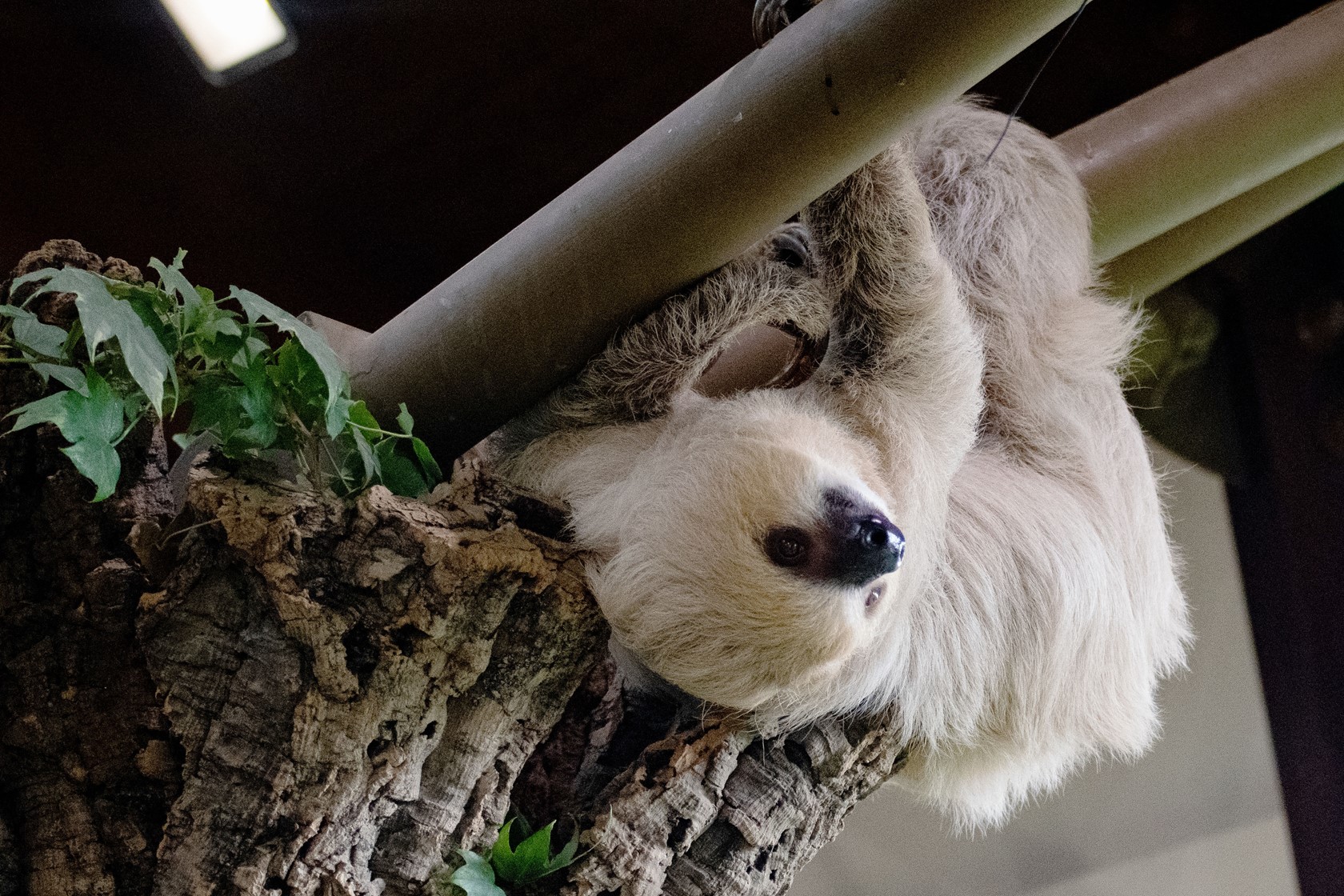Ten Java sparrows, nine glossy starlings, two titi monkeys and a warty pig...in a pear tree!
An exciting new primate species for Durrell, the coppery titi monkeys, named Teddy and Redington, have been settling in well at their new cabin in Tamarin Woods.
“They were quite shy when they first arrived,” says Senior Mammal Keeper, Mark Beresford, “but their confidence has grown more and more. They’re really comfortable around the keepers now, very inquisitive and generally really relaxed. As brothers, their bond is strong, and they definitely stick together. They share a nest box and are often seen cuddled up next to each other with their tails intertwined.”
The pair came to Jersey in July from Belfast Zoo, which has a successful titi monkey breeding programme.
“Belfast Zoo has enjoyed success with breeding these South American monkeys,” adds Beresford, “and as the infants get older, they move on to other zoos. Teddy and Redington reached the age of leaving their family group so have moved here to Jersey. This way, Belfast can continue their breeding programme and the brothers get an amazing new home here in the woods.”
In spring, as the weather starts to warm up again, zoo visitors will gradually see the pair free roaming through the trees in Tamarin Woods.
“The process for free-roaming animals is very gradual,” Beresford continued. “Titi monkeys have never been free roamed before, but we are following the same training protocols we use for the tamarins and marmosets that also live in the woods. Upon arrival, the titi monkeys stayed in their cabin for a while, so they could get used to their surroundings and make the cabin their territory. While they were settling in, we did recall training twice a day using blueberries as a reward, which proved to be very popular! Over the last few months, we’ve been releasing them in short bursts and building up to a stage where we can let them out at the same time as their neighbours, the silvery marmosets, but it’s a little cold for this now so they’ll be keeping warm in their cabin for the winter! It’s a slow process but it’s been very exciting to do it.”
On the other side of the zoo at the warty pig enclosure, a new male named Tre arrived from the UK in early August.
“We were absolutely delighted to receive Tre from Chester Zoo,” says Mammal Keeper, George Pritchard. “At 10 years old, Tre has moved to Jersey Zoo to enjoy his ‘retirement’ years and live happily with our three females, Babs, Diosa and Penelope. They were all very excited by the smell of a new male and greeted Tre with amiable grunts and squeals. Those first meetings involved a lot of mutual sniffing and softly brushing their heads against each other.”
“Tre is proving to be quite the gentleman,” adds Pritchard. “He has a very relaxed nature and a gentle curiosity to him. He loves to lie in the sunshine with the females and root around the enclosure looking for treats! We’re all looking forward to seeing his character continue to develop as he settles into his new home and his confidence grows. Tre is quite easy to spot as males are larger in size as well as the presence of fleshy warts on their face, which is thought to protect the males when fighting. This is also where they get their name 'warty pig'.”
The Visayan warty pig used to be found across six Visayas islands in the Philippines but can now only be found on two – Panay and Negros – due to drastic deforestation. Having a healthy captive population is vital to saving the species, with hopes for zoos to reintroduce pigs to the Philippines in the future.
Last month, the bird department was excited to welcome 10 more Java sparrows to the existing group at the zoo, and nine Asian glossy starlings, which is a new species for the team.
“The birds arrived from Chester Zoo in November,” says Durrell’s Head of Birds, Dr Glyn Young, “and they can be seen in their new home in the beautiful ‘Jewels of the Forest’ walkthrough aviary, which they share with other bird species from across Southeast Asia.”
In the wild, Asian glossy starlings are widespread, moving in large flocks between islands and the continent, however, Java sparrows are sadly highly threatened, often being trapped and sold as cage birds, which are a status symbol in Java.
“Songbirds are highly prized in Southeast Asia, particularly within Indonesia, due to their striking plumage and melodic calls,” adds Young. “They are being collected from the wild in huge amounts, causing their numbers to drastically decline, and then kept as pets and used in songbird singing competitions, which generate considerable prize money. Bird trapping, along with habitat loss, is pushing wild populations to the brink.”
The team at Jersey Zoo breed many songbird species to help boost their numbers in captivity.
“Using the skills learnt from working with these birds at the zoo, we advise our colleagues in Sumatra and are currently helping them to establish a secure breeding centre there called The Haven, which will provide a safe place for birds. It will also help to educate local people on the importance of protecting songbirds.”
This work is part of a coordinated effort between European zoos to protect these precious birds. You can find out more and support this important work by searching the Silent Forest campaign.
The Durrell team are extremely grateful to JCS Logistics, who were instrumental in getting the titi monkeys to Jersey Zoo, and to Condor Ferries for their support in helping to transport the warty pig to Jersey.
Photos: Emma Caton, George Pritchard, Rachel Hughes

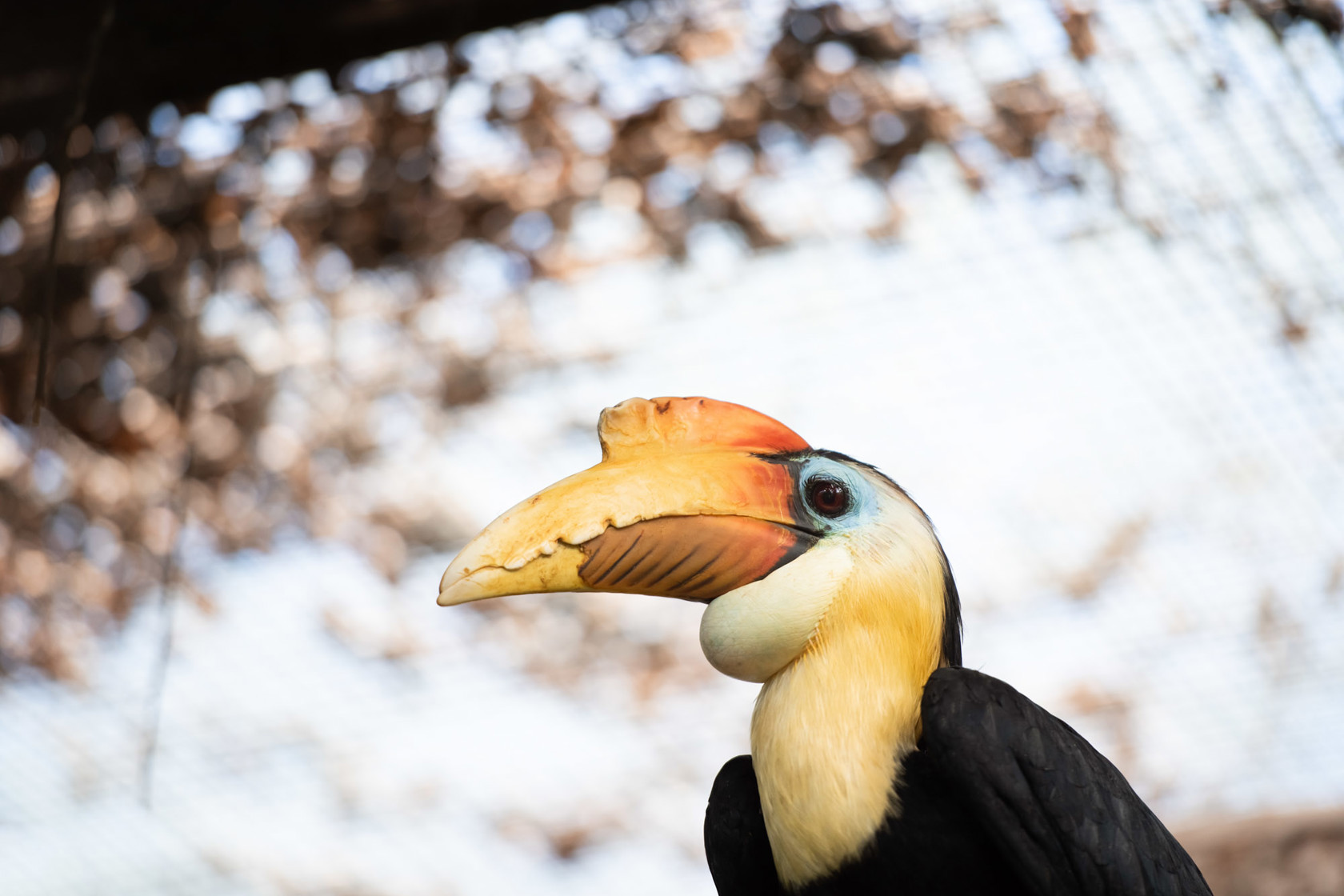
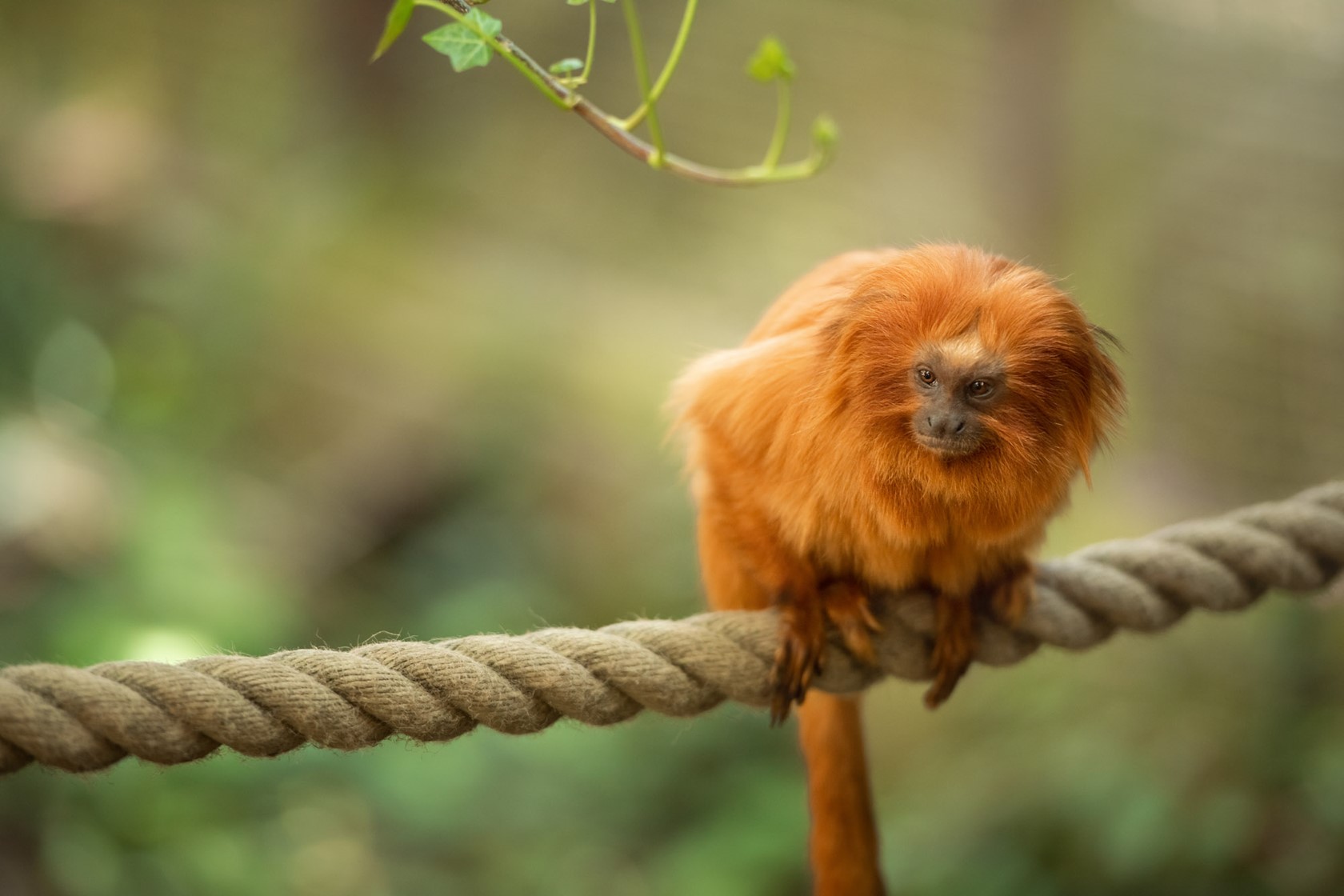
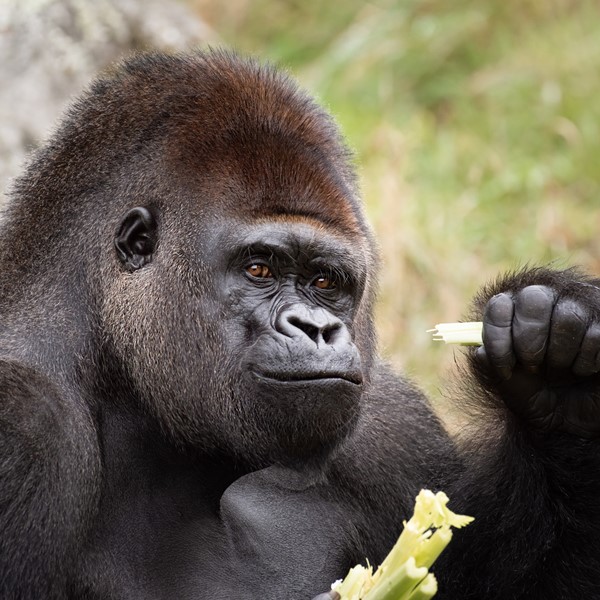 Mammals
Mammals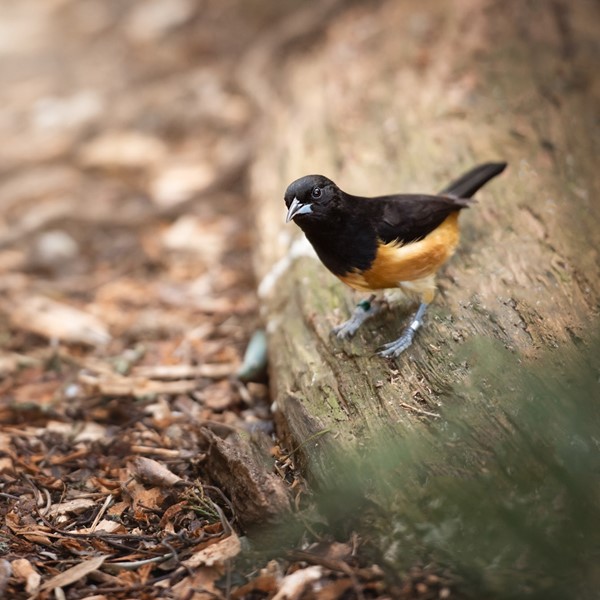 Birds
Birds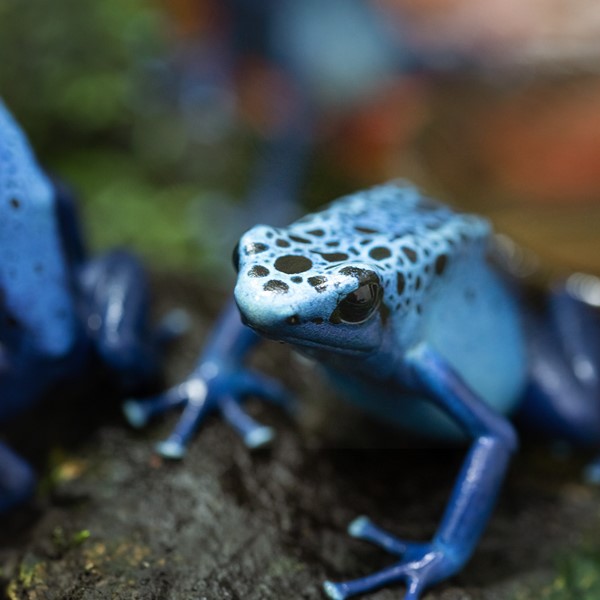 Amphibians
Amphibians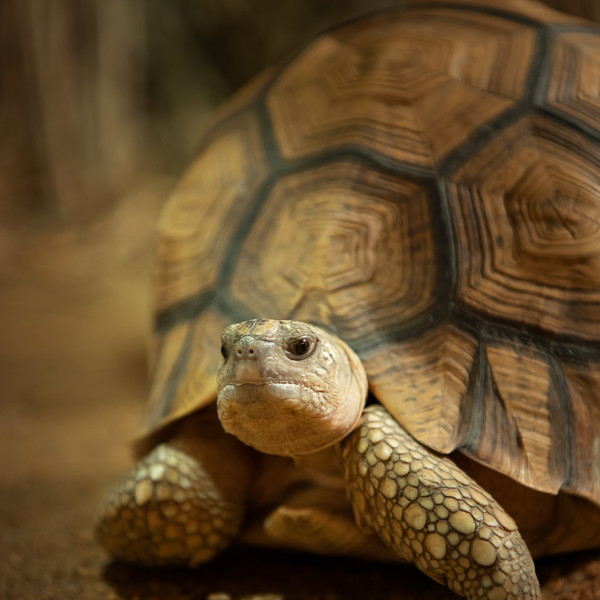 Reptiles
Reptiles